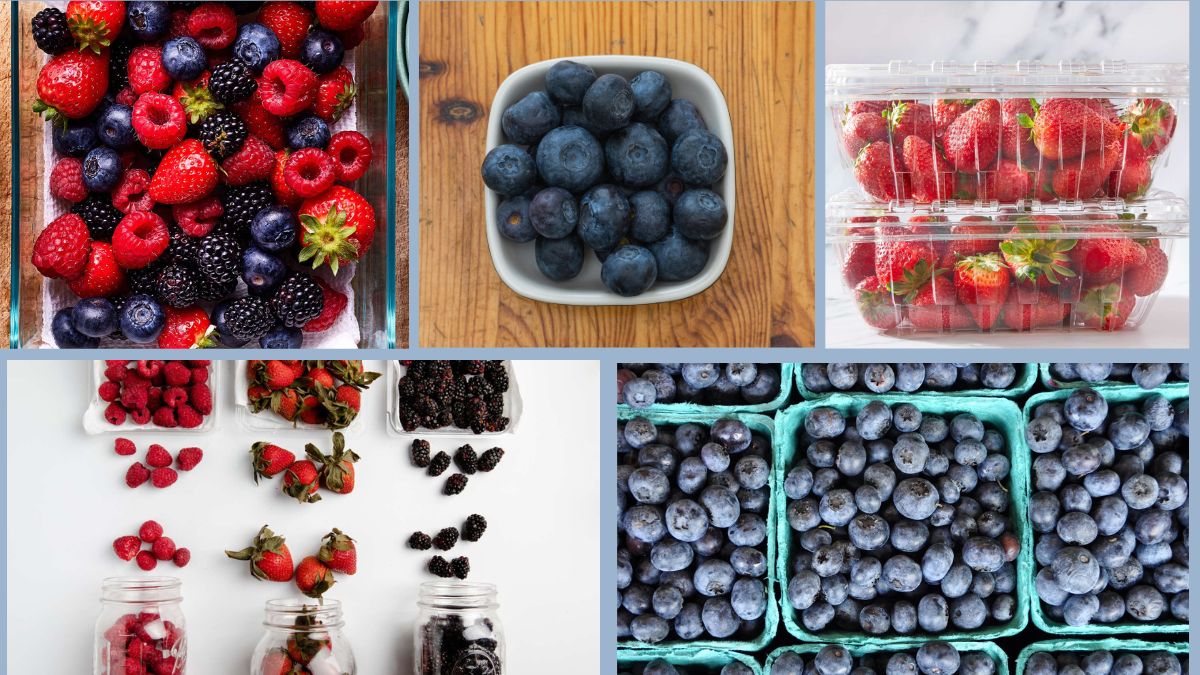Berries are among the most delightful and nutritious fruits you can enjoy. Whether it’s strawberries, blueberries, raspberries, or blackberries, these juicy little fruits are packed with antioxidants, vitamins, and natural sweetness. However, they are also extremely delicate and prone to mold, often spoiling just a day or two after purchase.
The good news? With the right storage techniques, you can keep your berries fresh and mold-free for much longer—without using any chemicals, preservatives, or non-veg options. In this comprehensive guide, we’ll walk you through how to store berries the smart way, so they stay fresher, cleaner, and tastier for days—or even weeks—after you buy them.
Why Berries Spoil So Fast
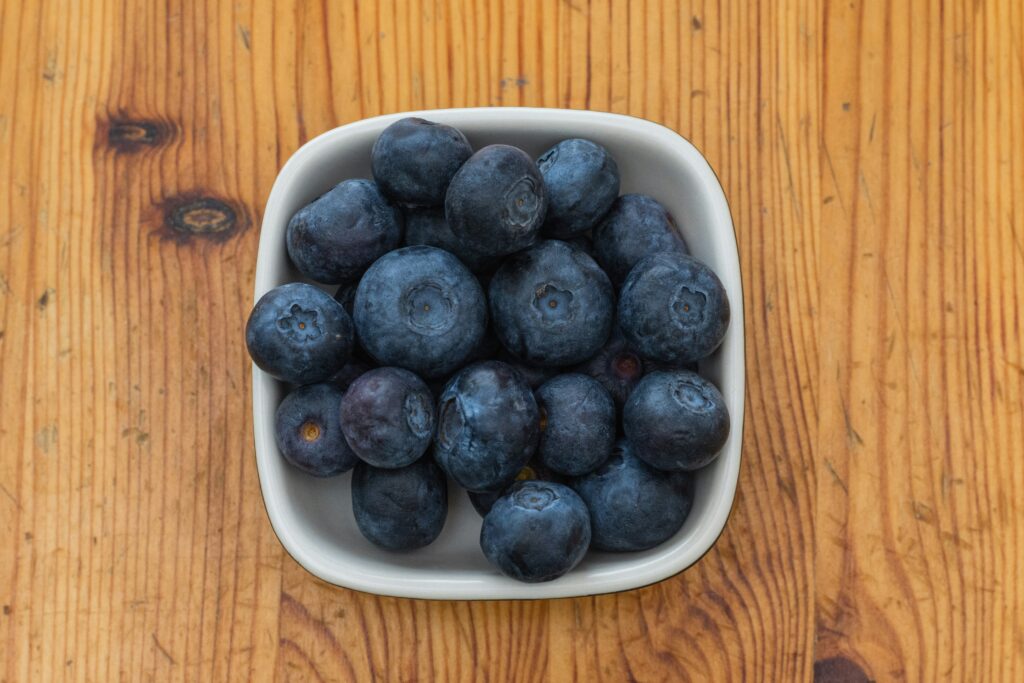
Berries are soft-skinned, high-moisture fruits, which makes them especially vulnerable to:
- Mold growth
- Moisture retention
- Bruising
- Bacterial contamination
Mold spores are often already present on the berries when you bring them home. Combined with moisture and poor airflow, these spores quickly grow, causing mushy textures and sour smells.
Choosing the Freshest Berries
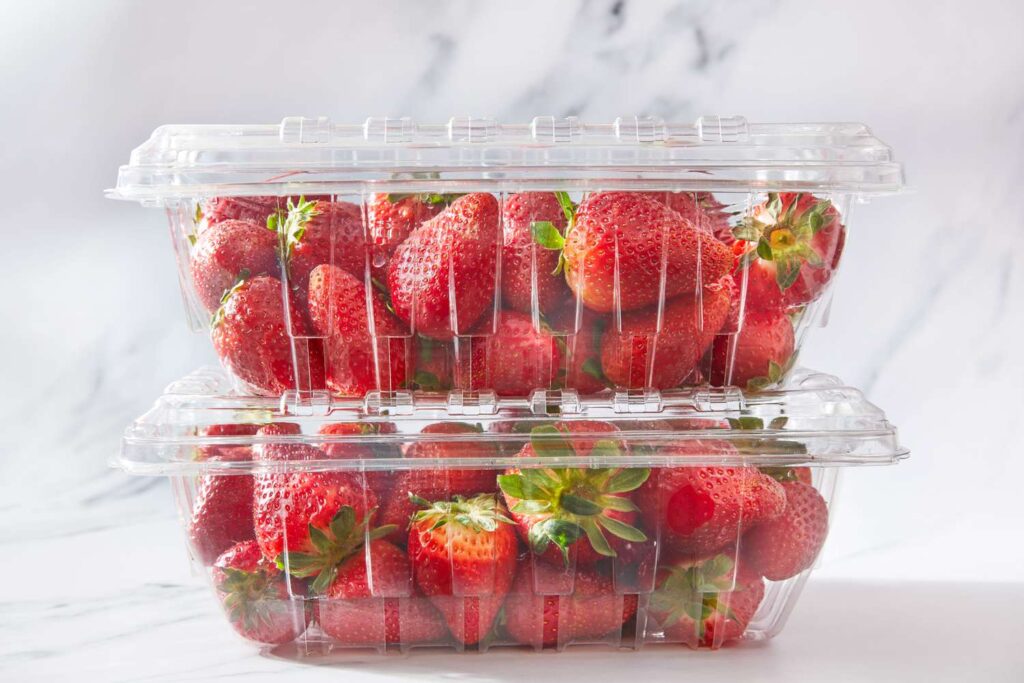
Proper storage starts with buying quality berries. Here’s what to look for:
- Bright, vibrant color with no dullness or graying
- Firm texture, not mushy or wet
- Dry surface – avoid packages with visible moisture or juice
- No mold spots or fuzzy patches on any berries
If buying pre-packaged berries, turn the container upside down and look at the bottom—liquid or mold on the bottom means spoilage has already started.
Should You Wash Berries Before Storing?
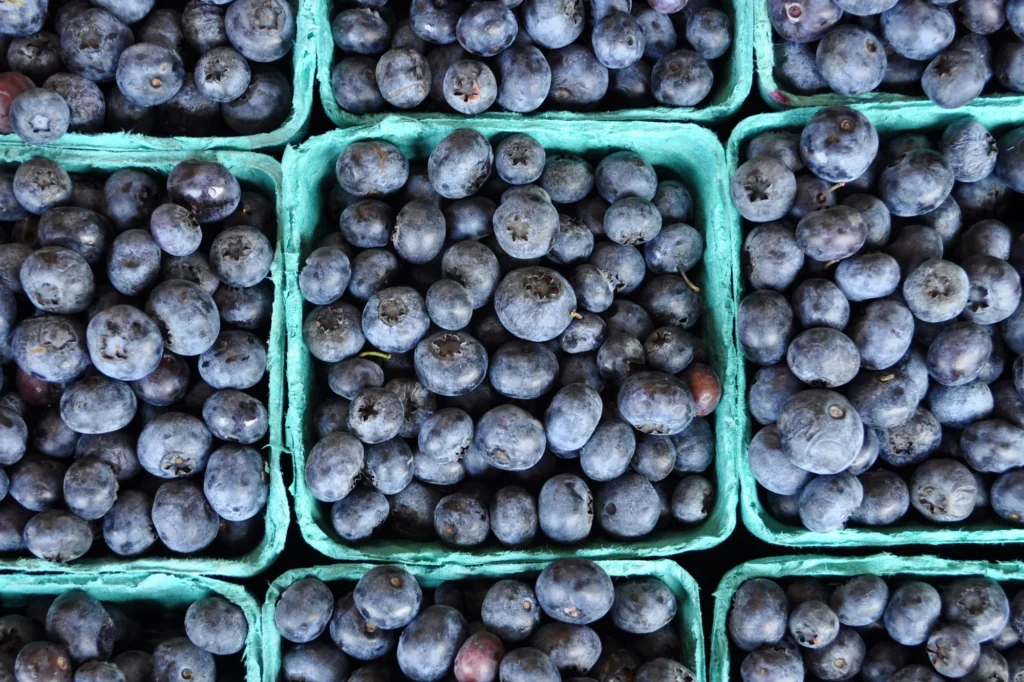
This is a key question—and the answer is: it depends on how soon you’ll eat them.
If storing for several days:
Do not wash them before storage. Moisture accelerates mold growth. Instead, wash them only right before you eat.
If prepping berries for longer shelf life:
Use a vinegar-water wash to kill mold spores and bacteria. Don’t worry—it won’t affect the taste if rinsed properly.
The Vinegar Wash Method (Natural & Effective)
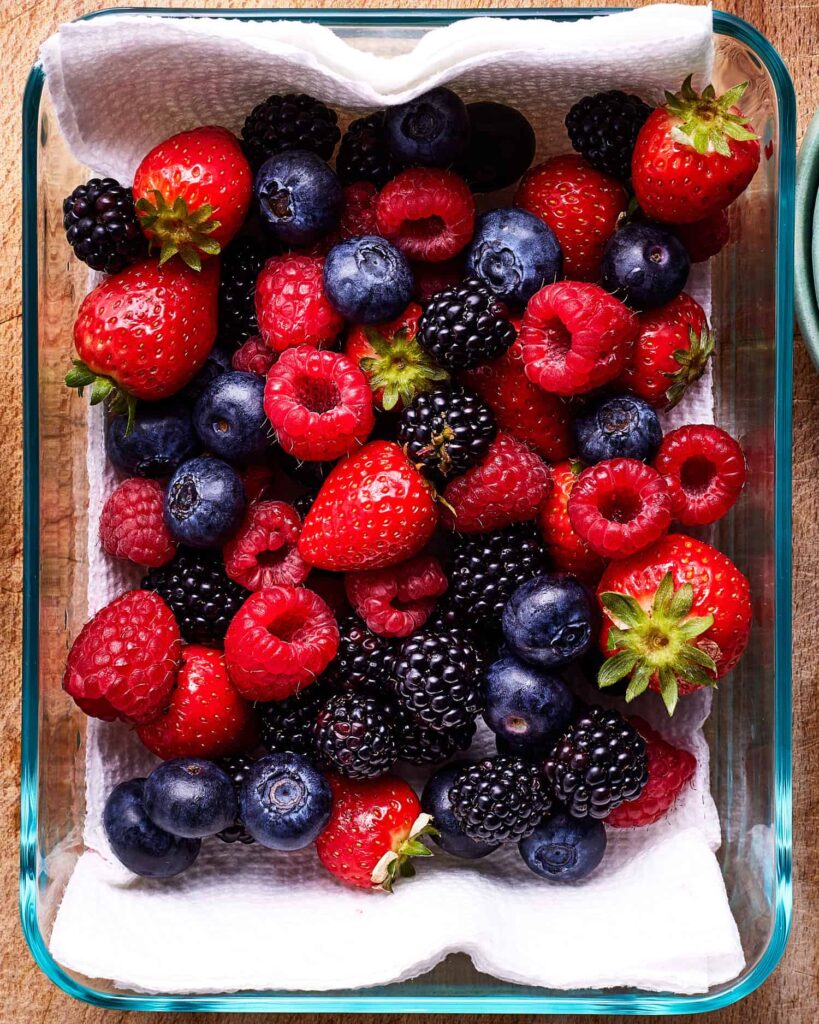
A vinegar rinse is one of the most popular and effective ways to reduce mold risk without using any harmful chemicals.
Here’s how to do it:
Ingredients:
- 1 cup white vinegar (or apple cider vinegar)
- 3 cups cold water
Instructions:
- Combine vinegar and water in a large bowl.
- Add the berries and gently swish them around for 1–2 minutes.
- Drain the berries in a colander and rinse thoroughly with clean, cold water to remove vinegar taste.
- Spread berries in a single layer on a clean kitchen towel or paper towels and pat them dry completely.
- Once fully dry, store using one of the methods below.
Best Methods for Storing Berries Mold-Free
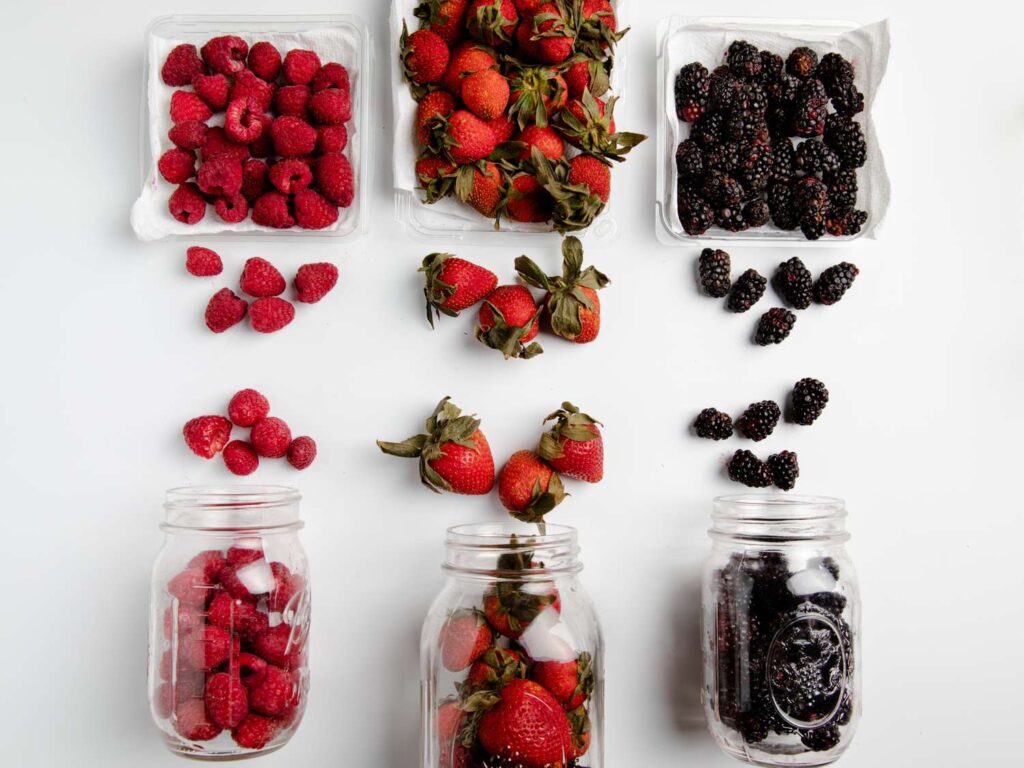
1. Line a Container with Paper Towels
Once your berries are dry, place them in a container lined with paper towels, which absorb moisture and create airflow.
Steps:
- Choose a shallow container with a lid or cover loosely with breathable material.
- Line the bottom with paper towels.
- Arrange the berries in a single layer if possible.
- Cover and store in the fridge.
Why it works: The paper towels absorb excess moisture, and shallow layers prevent bruising and crushing.
2. Use a Produce Saver or Ventilated Container
Special produce containers with airflow vents and moisture-control inserts are great for extending the life of berries.
Look for containers labeled as:
- Produce keepers
- Berry savers
- Ventilated refrigerator containers
These mimic professional produce storage conditions, slowing mold growth.
3. Store with an Unsealed Lid or Vent
Berries need some airflow to stay fresh. If you use a regular plastic or glass container:
- Leave the lid slightly ajar
- Or poke a few small holes in the lid for ventilation
This helps prevent the build-up of ethylene gas and moisture, both of which contribute to spoilage.
4. Add a Natural Moisture Absorber
You can place a small piece of dry paper towel or clean cloth inside the container to help absorb excess humidity.
For extra effect, try adding:
- A few dry, food-safe silica gel packs (used in commercial packaging)
- A small piece of untreated terracotta (like a clean shard from a clay pot)
These natural moisture absorbers help keep the environment dry and mold-resistant.
Storing Different Types of Berries
Strawberries
- Wash only before eating (or use vinegar wash and dry completely).
- Store in a shallow container lined with paper towels.
- Keep the stems on until ready to eat—they act as a natural moisture barrier.
Shelf life: 3–7 days
Blueberries
- Don’t wash before storing.
- Store in the original ventilated container or a paper towel–lined box.
- Check regularly for spoiled berries.
Shelf life: 1–2 weeks
Grapes (technically not a berry, but often grouped with them)
- Store unwashed in a ventilated bag or container.
- Wash just before serving.
Shelf life: 1–2 weeks
Raspberries & Blackberries
- Extremely delicate and perishable.
- Use vinegar rinse and dry thoroughly before refrigerating.
- Store in a single layer if possible, to avoid crushing.
Shelf life: 2–4 days
Can You Freeze Berries to Prevent Mold?
Absolutely! Freezing is a great long-term method to avoid waste while preserving flavor and nutrients.
How to Freeze Berries:
- Rinse (optional) and dry the berries completely.
- Spread them out on a baking sheet in a single layer and freeze for 1–2 hours.
- Transfer frozen berries to freezer-safe bags or containers.
- Label with the date and use within 6–12 months.
Perfect for: Smoothies, oatmeal, baking, jams, or homemade sauces.
Extra Tips to Avoid Mold on Berries
- Remove spoiled berries immediately. One moldy berry can spoil the entire batch.
- Rotate the container daily to shift berries on the bottom to the top—this reduces bruising.
- Store berries in the crisper drawer of your fridge where humidity is slightly higher but temperature is stable.
- Avoid airtight containers. These trap moisture and accelerate mold.
What to Do with Overripe or Slightly Soft Berries
If your berries are on the verge of spoiling, don’t toss them. Try these natural, plant-based ways to use them:
Berry Chia Jam
Simmer berries with chia seeds and a touch of maple syrup for a quick, no-sugar-added jam.
Smoothies
Blend soft berries with bananas, oats, or yogurt (dairy or plant-based) for a nutritious smoothie.
Muffins or Pancakes
Mash them into the batter for naturally sweet and moist baked goods.
Homemade Fruit Sorbet
Blend frozen or ripe berries with lemon juice and freeze into a refreshing dessert.
Summary Table: Storage Techniques by Berry Type
| Berry Type | Wash First? | Storage Tip | Shelf Life |
|---|---|---|---|
| Strawberries | Optional | Paper towel–lined container | 3–7 days |
| Blueberries | No | Ventilated container, fridge | 1–2 weeks |
| Raspberries | Optional | Single layer, very dry storage | 2–4 days |
| Blackberries | Optional | Very delicate – store with airflow | 2–4 days |
| Frozen Berries | Yes | Freeze individually first, then bag them | 6–12 months |
Final Thoughts
Berries may be fragile, but with a few simple adjustments to how you store them, you can dramatically extend their freshness and reduce waste. Whether you use a vinegar wash, line containers with paper towels, or freeze them for later use, these techniques keep your berries mold-free and delicious—naturally, and without any non-veg or chemical options.
By taking a little care, you can ensure your strawberries, blueberries, raspberries, and blackberries stay as sweet, juicy, and nutritious as nature intended.
